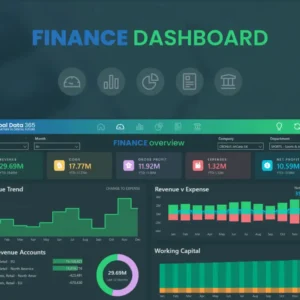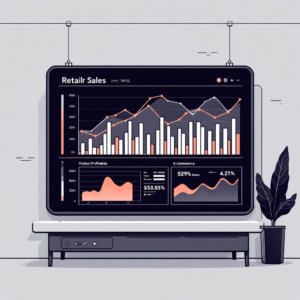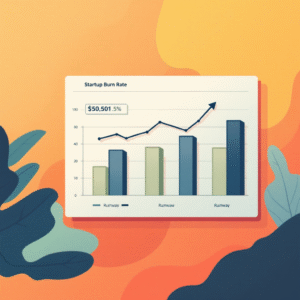In the realm of data visualization and analysis, Power BI has emerged as an indispensable tool, enabling professionals to transform complex datasets into actionable insights. While Power BI is widely recognized for its utility across various sectors, its potential in illuminating the intricacies of climate change data often goes unnoticed. In this blog post, we will delve into how Power BI can play a pivotal role in visualizing climate change data and driving informed decisions.
Understanding Climate Change Data Visualization
Climate change data encompasses a vast array of information, from temperature records and sea-level rise to greenhouse gas emissions and deforestation rates. Visualizing this data is crucial to understanding the magnitude of the issue and identifying trends that inform policy decisions and public awareness campaigns.
Harnessing Power BI’s Data Integration and Transformation Capabilities
Before embarking on climate change data visualization, data collection and preparation are paramount. Power BI excels in data integration and transformation, enabling seamless consolidation of diverse datasets. By importing climate data from sources such as weather stations, satellite imagery, and environmental reports, Power BI provides a platform for creating a cohesive dataset ready for visualization.
Creating Dynamic Visualizations with Power BI
Power BI’s strength lies in its ability to transform raw data into interactive visualizations. By leveraging its rich suite of visual elements, such as maps, charts, and graphs, users can depict climate data trends over time, highlight regional variations, and showcase the impact of climate-related factors. Visualizations could include temperature anomaly heatmaps, time series charts of carbon emissions, and animated maps illustrating changes in vegetation cover.
Unveiling Trends and Patterns
With climate data visualizations at hand, users can uncover trends and patterns that might remain hidden in raw data. For instance, by creating dynamic visualizations that illustrate the correlation between greenhouse gas emissions and rising sea levels, policymakers and researchers can make more informed decisions on mitigation strategies.
Driving Advocacy and Public Awareness
Beyond professional applications, Power BI’s climate data visualizations have the potential to drive advocacy and public engagement. Compelling visual representations can serve as powerful tools for raising awareness about climate change, helping individuals understand the urgency of the issue and fostering support for sustainable initiatives.
Enabling Informed Decision-Making
The insights derived from climate data visualizations can guide decision-making at various levels. Governments can leverage these visualizations to formulate effective climate policies, while businesses can assess their environmental impact and work towards sustainable practices. By enabling stakeholders to comprehend the consequences of climate change, Power BI contributes to a more informed and responsible approach to addressing the crisis.
Addressing Challenges and Considerations
While Power BI offers remarkable potential for climate data visualization, challenges such as data accuracy, data gaps, and communicating uncertainty should be taken into account. Collaborating with climate scientists and experts is crucial to ensuring accurate and meaningful representations of complex climate data.
Conclusion
In the ever-evolving landscape of data analysis, Power BI stands as a versatile and influential tool. By harnessing its capabilities for climate change data visualization, professionals can shed light on the complexities of this critical global issue. The fusion of Power BI’s data integration, transformation, and visualization features empowers users not only to analyze climate data but also to communicate its urgency effectively. As we strive to address climate change, Power BI guides us in presenting the story of our planet’s transformation and inspiring positive action for a sustainable future.







